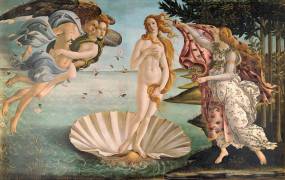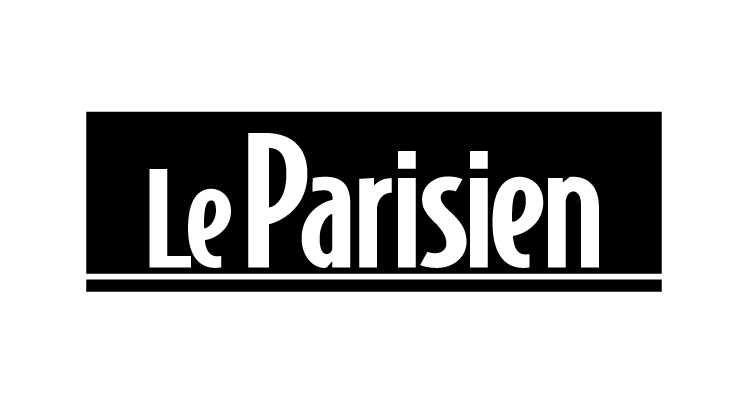Shop art print and framed art Charon Crossing the River Styx by Joachim Patinir
Customise
Your art print
Charon Crossing the River Styx OF Joachim Patinir
-20%Charon Crossing the River Styx
Joachim Patinir's Charon Crossing the River Styx: a landmark work
The Flemish artist Joachim Patinir is best known for his supernatural and apocalyptic landscapes, as well as for his role in the development of landscape as an independent genre.One of his most iconic works is undoubtedly The Crossing of the Underworld, also known as the Crossing the Styx. This fascinating painting offers us a unique insight into the boundless imagination of this talented artist, while also shedding light on some of the pictorial trends that characterised his era.
Visual description of the work
The Crossing of the Underworld is an oil painting on wood that measures approximately 64 x 103 cm and is currently in the Prado Museum in Madrid.At the centre of this complex, bipartite composition, a bearded man leads a boat into the middle of a river: he is Charon, an Ancient Greek figure charged - for a toll - with leading the dead through the waters of the Styx to Sheol.
.Around him, various scenes unfold, all linked to the theme of death and the crossing to the afterlife.To the left, a sombre rocky landscape surmounted by a flaming citadel seems to await the soul led by the ferryman. On the right, the banks of the River Styx seem much more peaceful: angels seem ready to welcome the dead to Paradise, and guide them through a pure green landscape.
Patinir's style is characterised by vivid colours, including bright greens, deep blues and hellish reds, as well as meticulous attention to detail and texture in every element of the painting.Bushy trees and craggy rocks add drama to the landscape, while distant mountains create a sense of depth and scale that reinforces the idea of distance between the earthly world and the beyond.
The history of this work
Unfortunately, not much information exists about the precise origin of La Traversée du monde souterrain. Nevertheless, its inclusion in various royal inventories throughout history suggests that it was probably commissioned by a member of the Spanish royal family, given the increasing influence that the Habsburgs exerted over the Spanish Netherlands in the 16th century.
Patinir is thought to have produced this painting shortly before his death in 1524, which would explain why his style is considered to be more mature and masterful than in some of his other works.Furthermore, the depiction of the crossing of the River Styx could be linked to religious themes, such as the Last Judgement and the resurrection of the dead, which are typical of Patinir's work.
The role of the work in the artist's career
La Traversée du monde souterrain testifies to Patinir's mastery of landscape art, a genre in which he is considered a pioneer. Before him, landscapes were generally relegated to the background of paintings, and served mainly as backdrops for sacred or profane stories.It was thanks to artists such as Patinir that this genre gradually acquired its credentials and became a subject of study and creation in its own right.
This work also illustrates the close links between Flemish art and Renaissance humanist culture. It shows not only Patinir's knowledge of ancient myths, but also his desire to enrich his own pictorial universe by incorporating these references. The presence of Charon making the crossing of the Styx thus underlines the importance Patinir attached to the allegorical and symbolic dimension of his works, in addition to their purely aesthetic aspect.
The posterity of the work
The influence of The Crossing of the Underworld can be felt in several areas of later artistic production: as an early example of the interest in landscape as an independent genre, it undoubtedly inspired many Flemish and Dutch artists of the sixteenth and seventeenth centuries, such as Pieter Brueghel the Elder and Joos de Momper.
With its allegorical and symbolic themes, it is emblematic of a certain pictorial tradition in Northern Europe, which developed in parallel with the Italian Renaissance and left its mark on an entire generation of artists.
This artwork is a painting from the renaissance period. It belongs to the flemish & northern renaissance style.
« Charon Crossing the River Styx » is kept at Prado, Madrid, Spain.
Find the full description of Charon Crossing the River Styx by Joachim Patinir on Wikipedia.



































